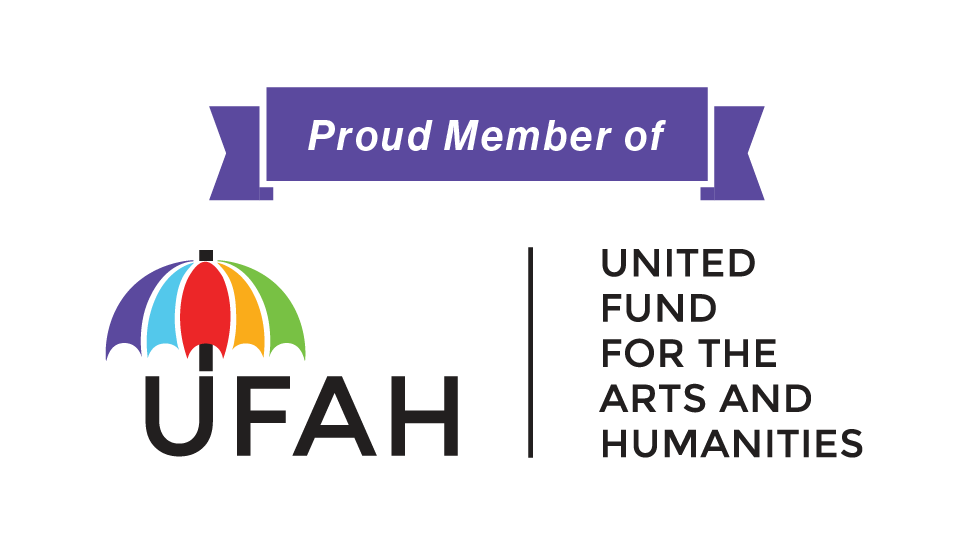This exhibit features 19 Story Cloths from our artifact collection and loaned from the Hmong Cultural and Community Center. This exhibit commemorates the 50th anniversary of Hmong resettlement in the United States and illustrates the history of the Hmong and Hmong Americans through various narratives, including folktales, traditional events, daily life in the mountain villages of Laos, the Secret War, and resettlement.
LCHS is proud to partner with Dr. Vincent Her and student Yia Vue from the University of Wisconsin-La Crosse Archaeology and Anthropology Department to share and elevate the important historical stories of our Hmong friends and neighbors.
Click any image below to explore.
Stitched and embroidered by an unknown Hmong artist. Collection of the La Crosse County Historical Society, 2023.042.02.
“The People Who Watch Over Laos”
This Story Cloth is an artistic reproduction of a traditional map of Laos, created by artisans in Ban Vinai Refugee Camp during the mid-1980s. It intricately depicts various provinces and diverse minority groups, showcasing the country’s rich cultural heritage. The cloth also features iconography related to the Lao government and military.
At the bottom center, the Thai text reads: “ประชาชนที่เฝ้าประเทศลาว,” which translates to “The people who watch over Laos.”
This emblem represents the Lao government’s National Assembly, featuring two stacked ritual vessels symbolizing governance and tradition, with a Constitution book resting atop.
From 1952 to 1975, the flag of Laos displayed a three-headed elephant on a red background, symbolizing the Hindu god Erawan.
The insignia of the Royal Lao Army features the Buddhist Chakra, or “Wheel of Law,” along with a trident representing the Hindu god Vishnu.
















